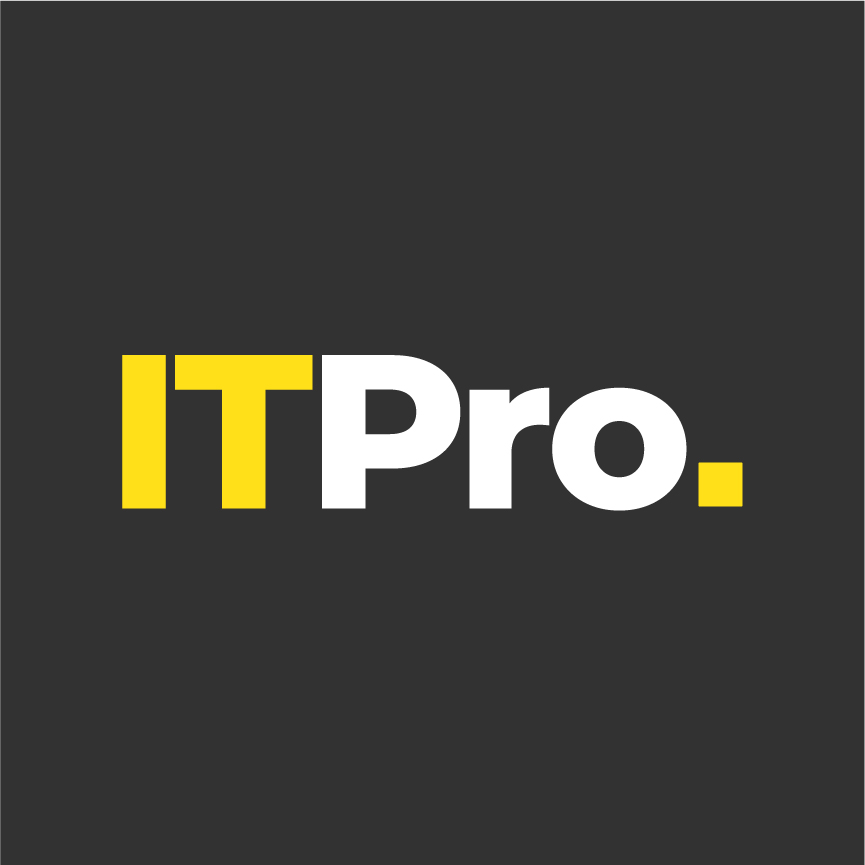The IT Pro Podcast: Coping with technical debt
Taking engineering shortcuts can be a path to future headaches - but it doesn't always have to be
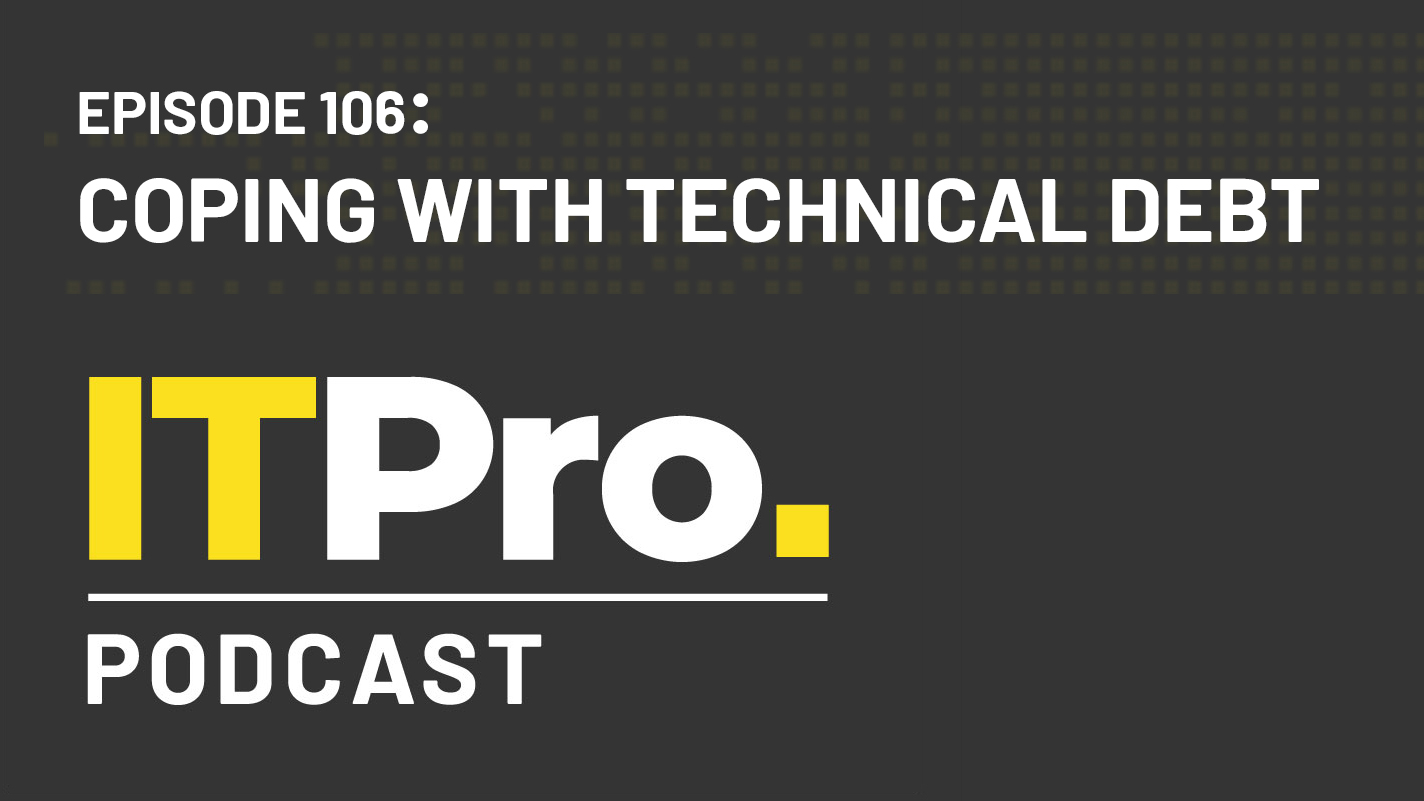
Technical debt is one of the most dreaded concepts in enterprise IT; CIOs constantly struggle to stay on top of their technical debt and prevent it from accumulating out of control, and the knowledge that all of your shortcuts are going to catch up with you at some point is enough to keep any engineer awake at night.
However, technical debt doesn’t always have to be bad, and there are ways for organisations to manage its growth in a sustainable way. This week, we’re joined by Fastly’s chief product architect Sean Leach to explore why technical debt is so feared, the potential impact it can have, and even how organisations can use it to their advantage.
Highlights
“If you look across the board in the IT world, there's too few people working on too many projects with not enough time. And sometimes the bosses don't care about all those things, they just want it done. And so in some ways, they're forced to take on some technical debt to get their projects done on time and keep their jobs and to keep their livelihood and whatnot. So unfortunately, it is something that is a reality in the IT space.
I think sometimes people look at technical debt as all bad. And our founder, Artur Bergman, used to use this great line about technical debt that he would somewhat look at it like financial debt: sometimes you go into financial debt to finance your growth, to finance your expansion. And so it's not always a negative thing for an organisation, especially if you're trying to move fast, ship products, get the business off the ground and successful - you just know that you're going to have to take some on early, and then prepare to pay it down later.”
“I think sometimes people think of certain things as technical debt, which aren't technical debt. I think sometimes people think, ‘okay, I built this system in a not new and hip language and environment. I didn't build it with React with a Node backend or something like that. I had to build it in Java or C# or Go’, they think, ‘oh, that's technical debt’. But in reality, that tech is the most stable and should actually lower their stress over time. They're not having to keep up to date with the latest tech and trends... That is not technical debt. To me, that's actually smart engineering.”
Read the full transcript here.
Footnotes
- Businesses don't understand how security can be integrated into DevOps
- Developers welcome major overhaul to GitHub's support documentation
- How technical debt can damage business agility and competitiveness
- The IT Pro Podcast: There’s no such thing as obsolete tech
- IT Pro Panel: Why IT leaders need soft skills
- How to become a T-shaped employee
- IT Pro Panel: Why is patch management so difficult?
- The IT Pro Podcast: Keeping an eye on observability
- IT Pro Panel: Defining DevOps
- The driving forces behind DevOps today and how to integrate it into your business
- IT Pro Live: Scaling enterprise DevOps with a platform team approach
- CloudBees: DevOps initiatives increased during the pandemic
- What is DevSecOps and why is it important?
- IT Pro Panel: The CIO's guide to software
Subscribe
- Subscribe to The IT Pro Podcast on Apple Podcasts
- Subscribe to The IT Pro Podcast on Google Podcasts
- Subscribe to The IT Pro Podcast on Spotify
- Subscribe to the IT Pro newsletter
- Subscribe to IT Pro 20/20
Sign up today and you will receive a free copy of our Future Focus 2025 report - the leading guidance on AI, cybersecurity and other IT challenges as per 700+ senior executives
ITPro is a global business technology website providing the latest news, analysis, and business insight for IT decision-makers. Whether it's cyber security, cloud computing, IT infrastructure, or business strategy, we aim to equip leaders with the data they need to make informed IT investments.
For regular updates delivered to your inbox and social feeds, be sure to sign up to our daily newsletter and follow on us LinkedIn and Twitter.
-
 Trump's AI executive order could leave US in a 'regulatory vacuum'
Trump's AI executive order could leave US in a 'regulatory vacuum'News Citing a "patchwork of 50 different regulatory regimes" and "ideological bias", President Trump wants rules to be set at a federal level
-
 TPUs: Google's home advantage
TPUs: Google's home advantageITPro Podcast How does TPU v7 stack up against Nvidia's latest chips – and can Google scale AI using only its own supply?
-
 Global IT spending set to hit a 30-year high by end of 2025
Global IT spending set to hit a 30-year high by end of 2025News Spending on hardware, software and IT services is growing faster than it has since 1996
-
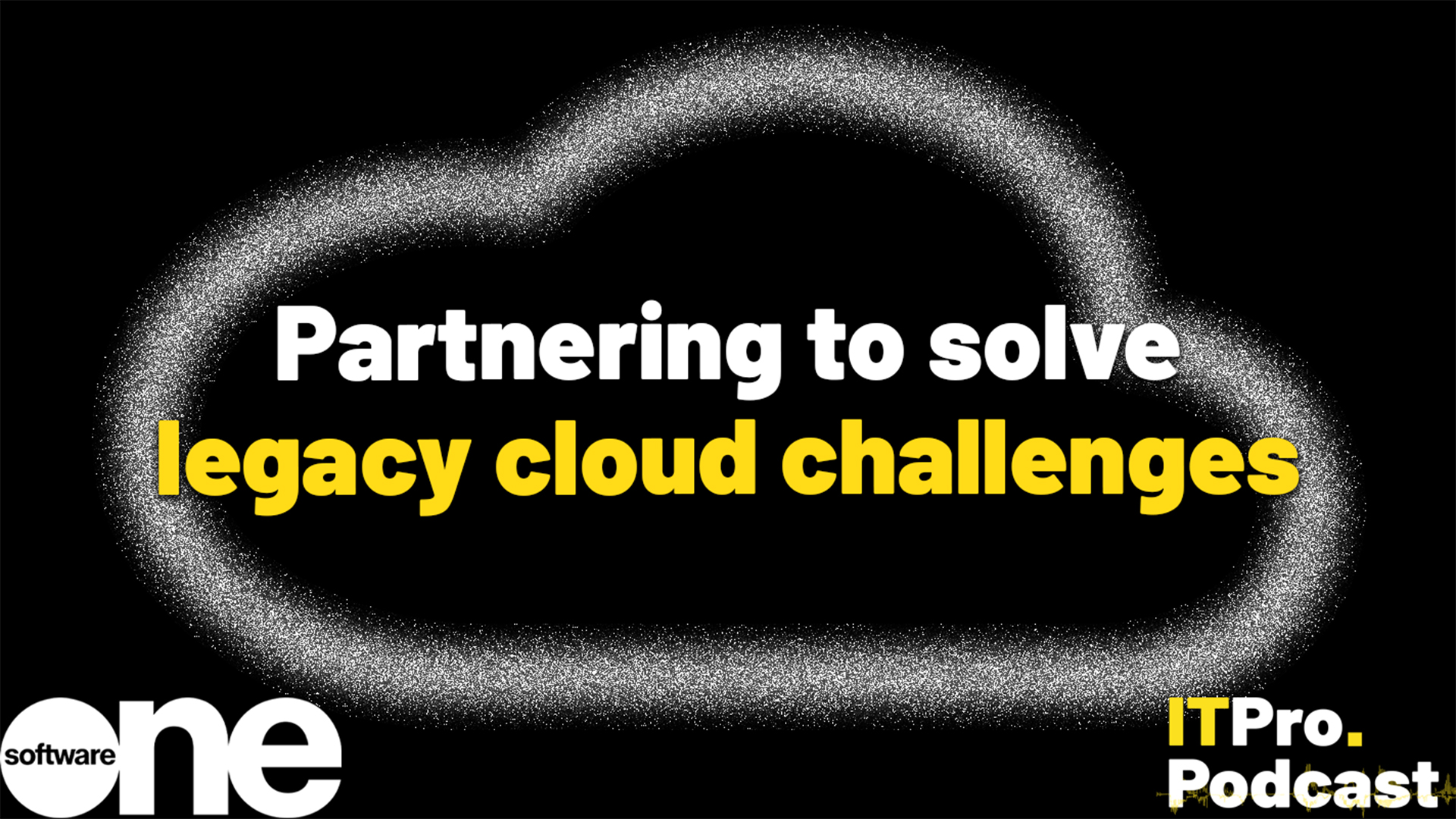 Partnering to solve legacy cloud challenges
Partnering to solve legacy cloud challengesSponsored Podcast Camp Australia successfully embraced the cloud through targeted digital transformation
-
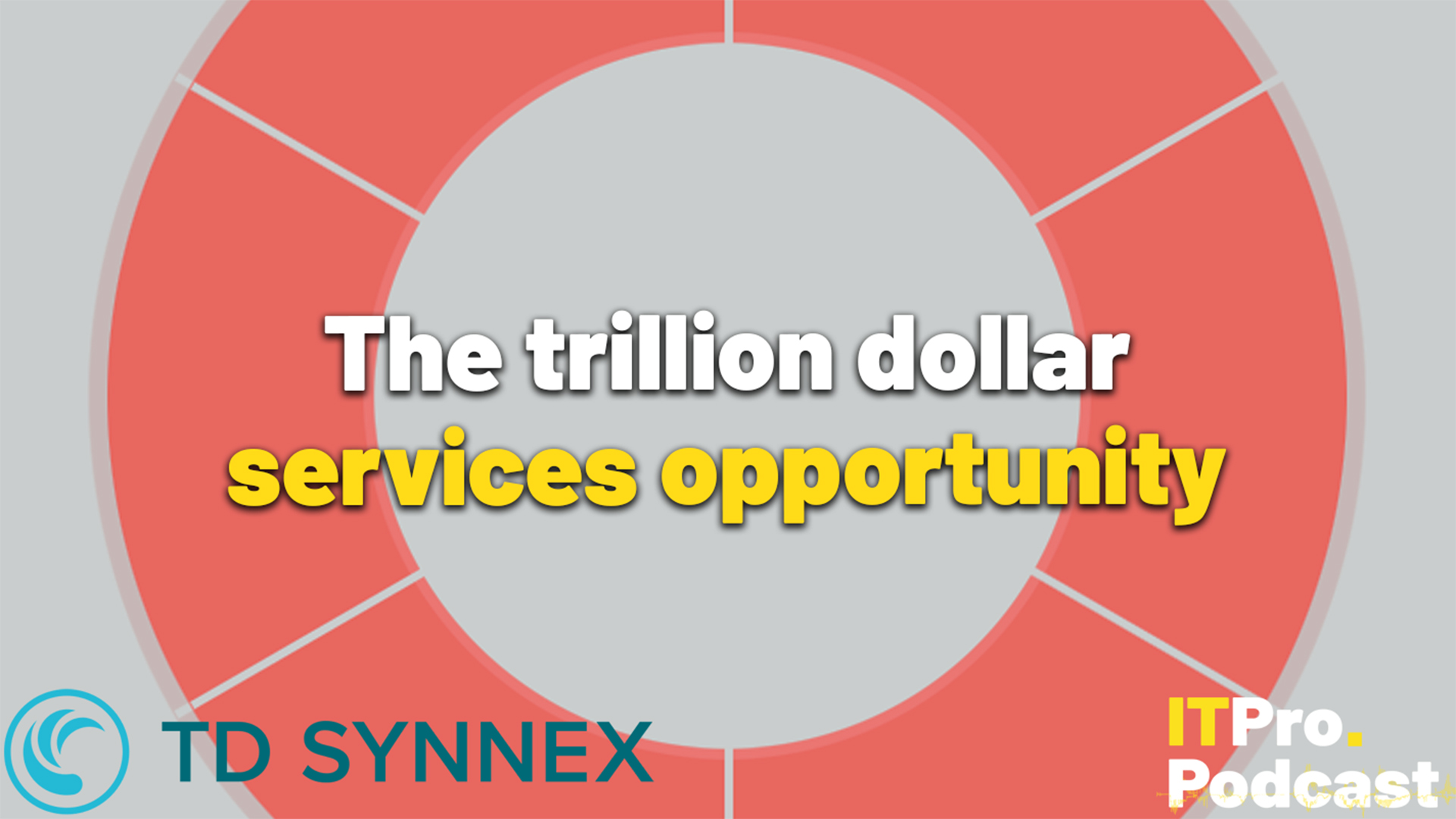 The trillion dollar services opportunity
The trillion dollar services opportunitySponsored Podcast Services and enablement are key to transforming products into business outcomes
-
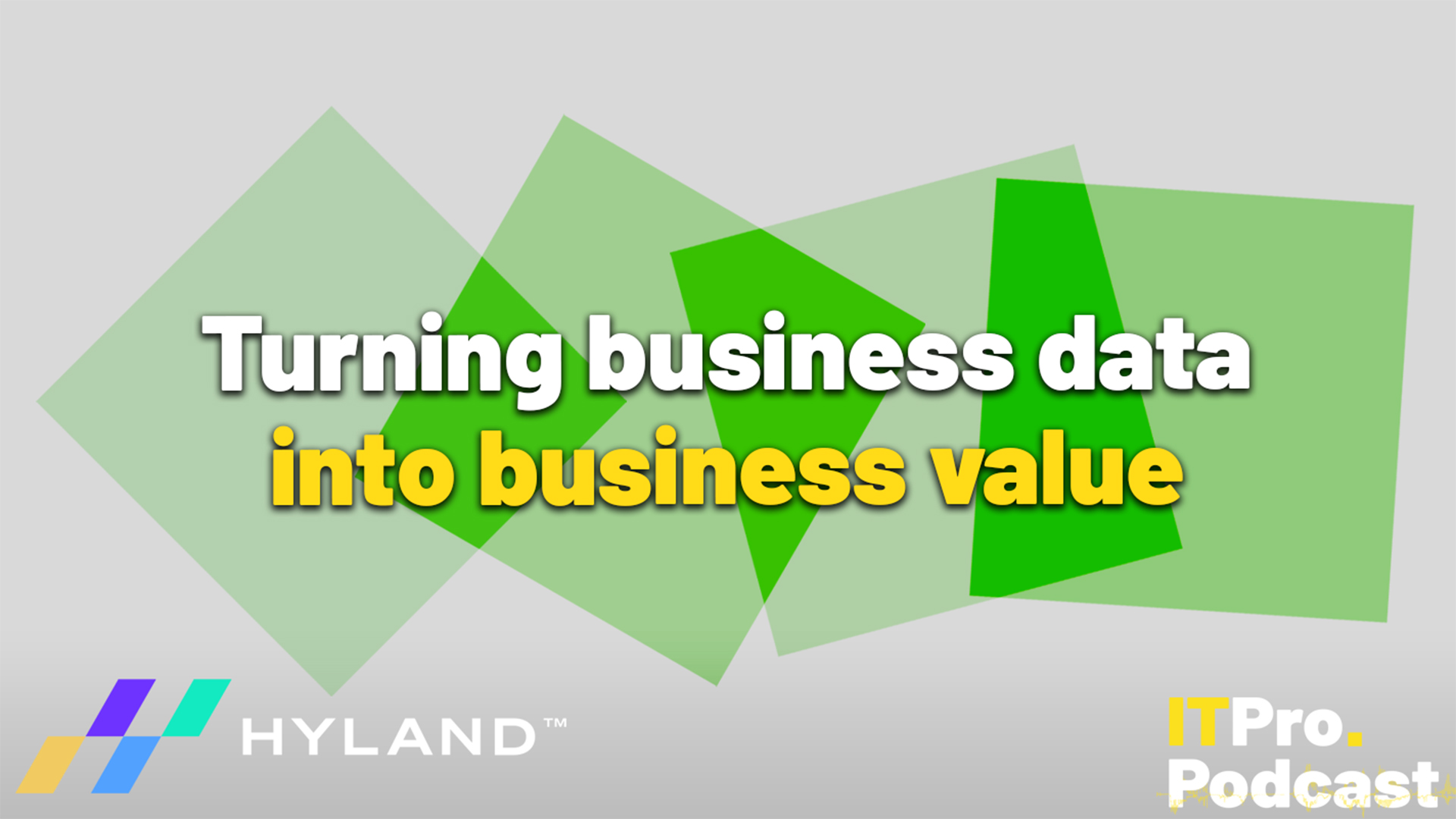 Turning business data into business value
Turning business data into business valueSponsored Podcast Businesses looking to harness unstructured data and deploy widespread agents need a steadfast strategy
-
 Bridging the data disconnect
Bridging the data disconnectSponsored Podcast How can businesses make the most of their data for customer success?
-
 AI tools are a game changer for enterprise productivity, but reliability issues are causing major headaches – ‘everyone’s using AI, but very few know how to keep it from falling over’
AI tools are a game changer for enterprise productivity, but reliability issues are causing major headaches – ‘everyone’s using AI, but very few know how to keep it from falling over’News Enterprises are flocking to AI tools, but very few lack the appropriate infrastructure to drive adoption at scale
-
 Pegasystems teams up with AWS to supercharge IT modernization
Pegasystems teams up with AWS to supercharge IT modernizationNews The duo aim to create deeper ties between the Blueprint, Bedrock, and Transform services
-
 Data integration for open table formats
Data integration for open table formatsSponsored Podcast Open table formats can unlock huge benefits for IT leaders looking to get value out of their data

